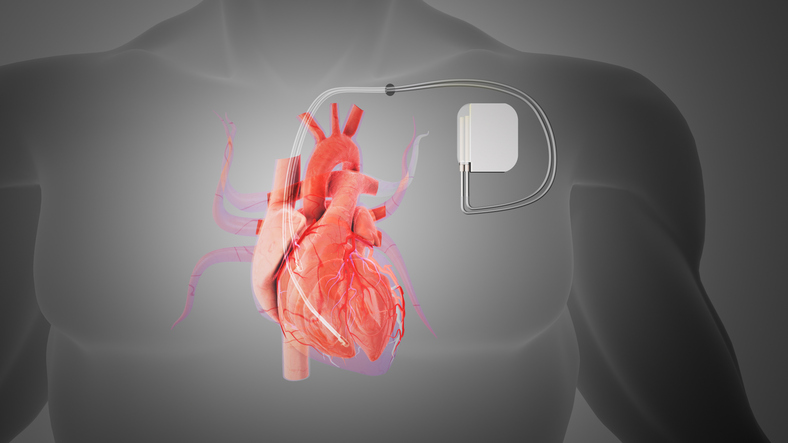
There have been dramatic improvements in remote monitoring (RM) among both urban and rural patients with cardiac implantable electronic devices (CIED), according to a study which was presented at AHA 2024.
The investigators analyzed Medicare fee-for-service beneficiaries (2011-2021) with history of CIED implantations. They noted that demographic characteristics were reported by implant year and stratified by rurality based on beneficiary rural-urban commuting area code.
According to the results, nearly a quarter of the de novo CIED implants (~150,000/year) were among patients living in rural areas. The findings showed that in the year following implant, the proportion of patients with ≥1 IP monitoring event was stable and consistently greater among the urban than rural cohort (~81% vs ~78% in 2019). This changed in 2020, when the findings showed that the proportion fell for both groups (75% vs 72%, respectively)
“Patients in rural areas were historically more likely to undergo RM than their urban counterparts, but this gap narrowed and equalized over time. By 2020, a decline in IP monitoring was accompanied by an increase of growth in RM in both urban and rural areas, possibly reflecting effects of the COVID pandemic on CIED care access.
Reference
Zeitler E, Zhou W, Creager M, O’Malley J. Rural and Urban Patterns of Monitoring of Implanted Cardiac Devices in the US. Abstract #Mo2095. Presented at the American Heart Association Scientific Sessions 2024; November 16-18, Chicago, Illinois.







 © 2025 Mashup Media, LLC, a Formedics Property. All Rights Reserved.
© 2025 Mashup Media, LLC, a Formedics Property. All Rights Reserved.